A one-month-old fighting cock needs proper care to grow healthy and productive. Understanding its characteristics and following a proper feeding routine will ensure that it grows into a strong and resilient fighter. Let’s learn in detail with SABONG how to raise a healthy fighting cock at this crucial age.
What is a One-Month-Old Fighting Rooster?
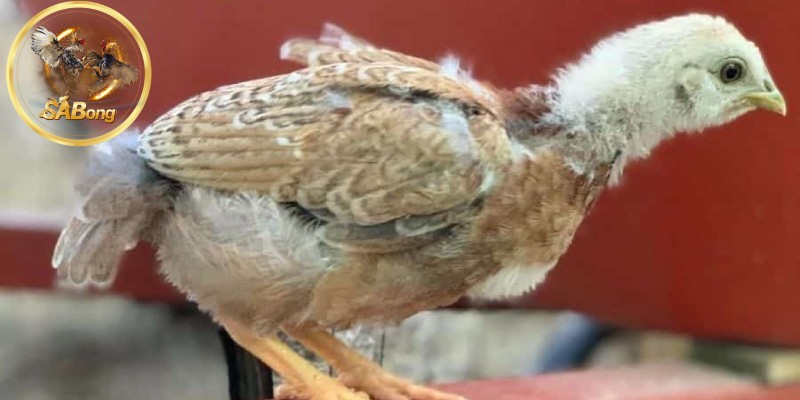
A one-month-old fighting rooster is a significant stage in the development of purebred fighting chickens. Known as the “flame rising” phase, this is a crucial period following hatching, marking the first step toward maturity.
At this age, the rooster begins to undergo noticeable physical changes, enhancing its strength and potential for future combat. This is also the ideal time to assess each bird’s potential, identifying the best candidates to become formidable fighters later on.
Overview of the One-Month-Old Fighting Rooster
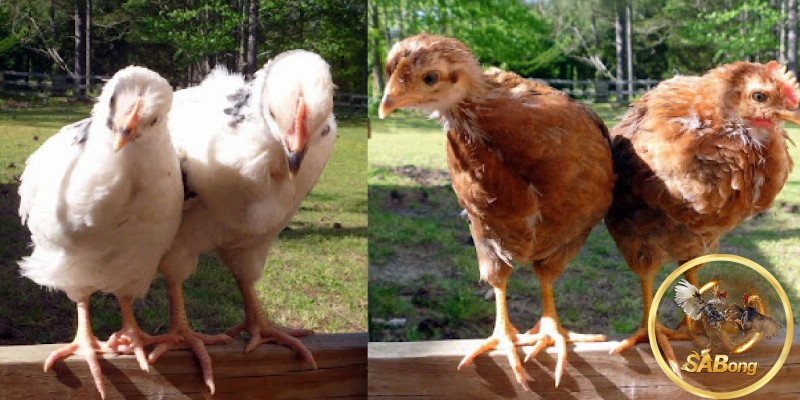
Physical Characteristics of a One-Month-Old Fighting Rooster:
Size and Weight
A purebred fighting rooster at one month old has a small yet distinct size, typically standing between 15-20 cm tall and weighing around 400-600 grams. While these measurements are modest compared to fully grown roosters, they reflect the early stages of the chick’s development. Factors such as breed, nutrition, and care can influence these attributes, and ensuring a balanced diet will help the rooster grow optimally during this phase.
External Features
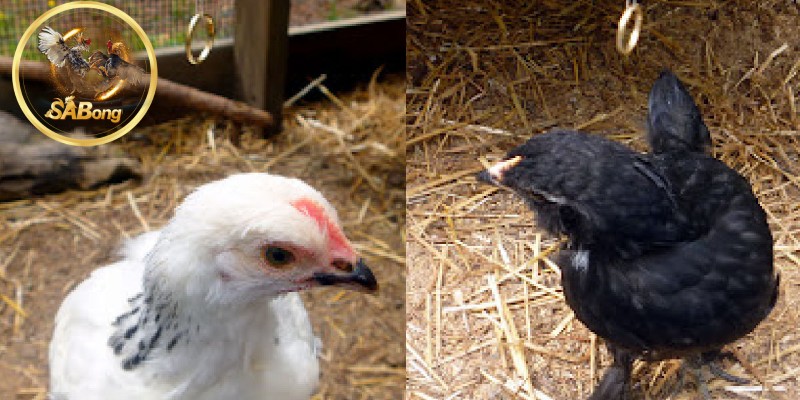
At this stage, the chick’s feathers are soft and smooth, with colors and patterns unique to the breed. These feathers not only provide warmth but also serve as a genetic marker, aiding owners in identifying the purity of the breed. The skin is smooth and soft, free from wounds, indicating good health and resistance to external conditions. The eyes are bright and clear, signaling alertness, while the beak, though still small, is firm enough for eating and self-defense. The claws, although still in development, are capable of gripping surfaces, helping the rooster maintain balance and move with greater agility.
Muscle Development and Skeletal Structure
By one month, the chick’s muscles and skeletal system are undergoing significant strengthening. Compared to its early days, the muscles are firmer, providing the rooster with better endurance for daily activities. The bones, particularly those in the legs and neck, are beginning to harden, offering improved support for movement and resistance during training exercises.
SEE MORE: Thomo Gamecock
Movement and Balance
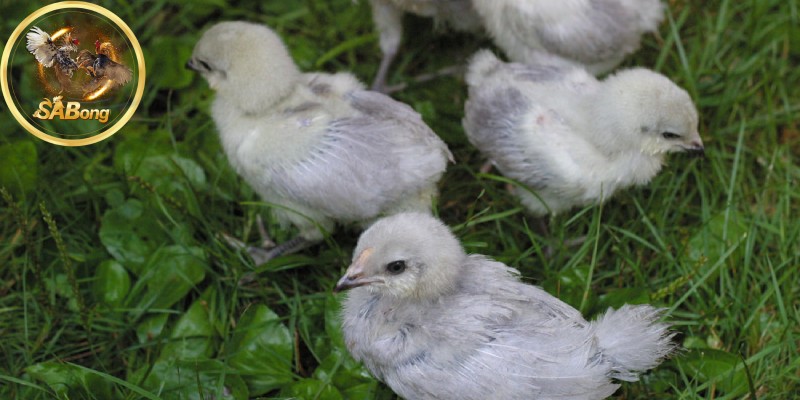
At this age, the rooster has become much more agile. Initially, it could only crawl on its belly, using its wings for balance. However, by one month, it can stand upright, run swiftly, jump high, and coordinate well between its muscles and bones, displaying strong mobility.
Care Tips for One-Month-Old Fighting Rooster
Here are some experiences you can refer to:
Socialization and Early Training
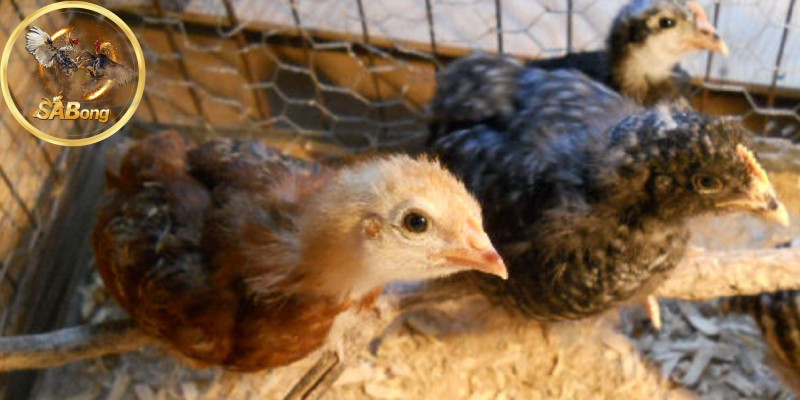
It’s crucial to begin interaction with your one-month-old rooster to make it familiar with human presence. Handling the bird gently—such as petting and massaging its body—helps the rooster become more accustomed to human contact. Use a calm voice to communicate with the rooster, as this will allow it to recognize your commands and foster a trusting relationship.
Proper Handling and Training
Reinforce good behaviors by rewarding the rooster when it follows instructions or behaves positively. Using small rewards encourages faster learning and motivates the bird to comply with commands. Introducing the rooster to other chickens in the same age group will also help develop its social skills and improve adaptability.
SEE MORE: Raising large fighting roosters
Physical Exercise for Strengthening
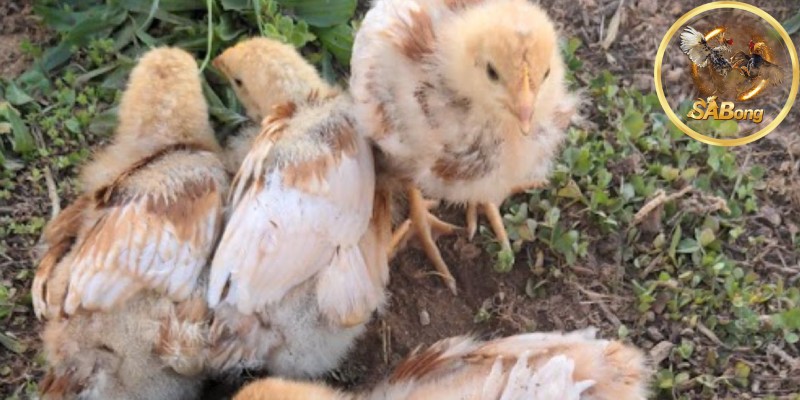
To build muscle and stamina, the rooster should engage in light physical activities. Running on the ground or overcoming simple obstacles will enhance its physical strength and coordination. As the rooster grows, more intense training exercises can be gradually introduced.
SEE MORE: The 15 billion cockfight
Conclusion
The one-month-old fighting rooster is a pivotal stage in its development, setting the foundation for its physical and behavioral growth. By following the appropriate care methods, you can ensure that your rooster will have the best chance to develop into a powerful fighter. Through this article, we’ve shared valuable insights to help you nurture your rooster during this crucial stage.
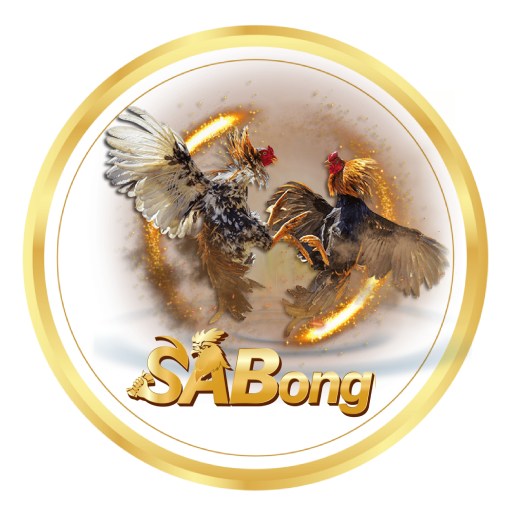
SABONG is a popular online betting platform specializing in cockfighting, a traditional and widely enjoyed sport in many countries. The platform offers a seamless and secure betting experience, providing users with live-streamed matches, real-time odds, and various wagering options. With a user-friendly interface and advanced security measures, SABONG ensures fair play and transparency. Whether you are a seasoned bettor or a newcomer, SABONG delivers an exciting and immersive gambling experience.
Contact Info:
Website: https://old-portlethen.co.uk/
Phone: +63 917 745 8690
Email: [email protected]
Address: 1165 San Anton St, Sampaloc, Manila, 1008 Metro Manila, Philippines
#sabong #sabong_login #sabong_live #sabong_online #sabong_philippines #sabong_register